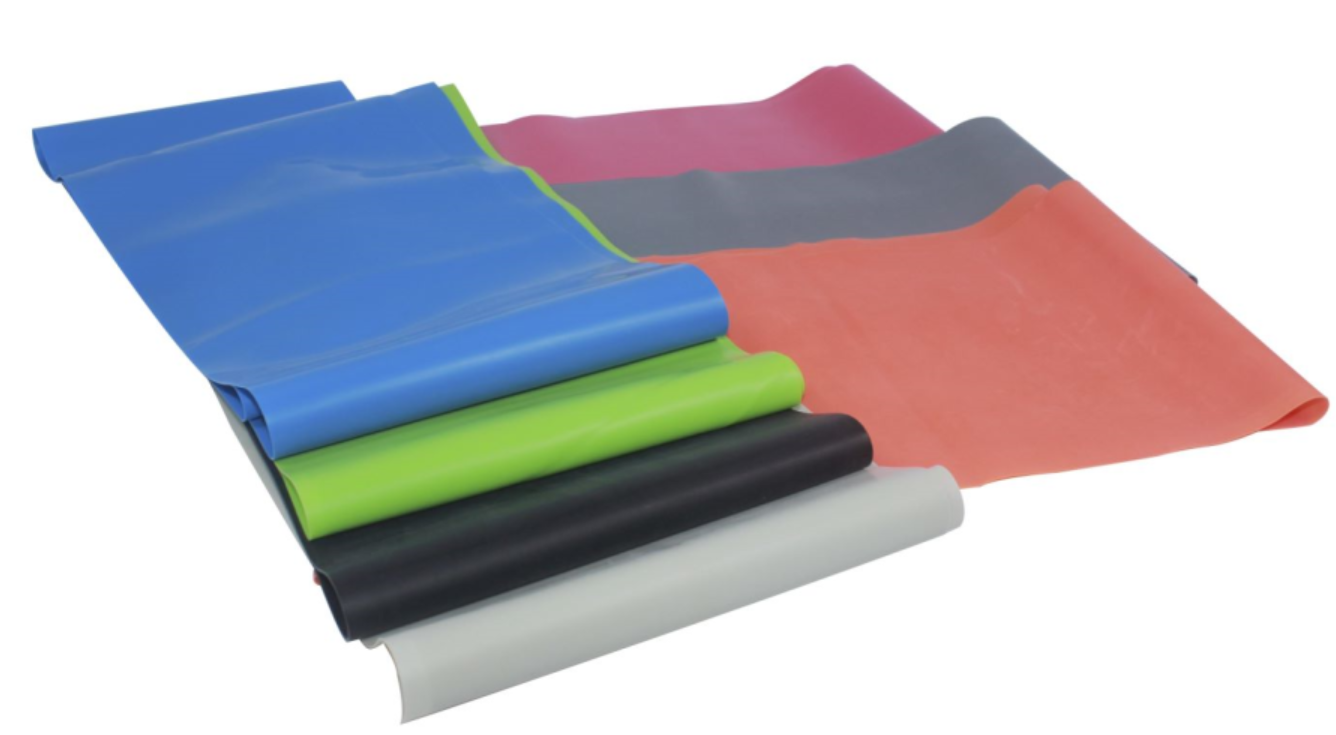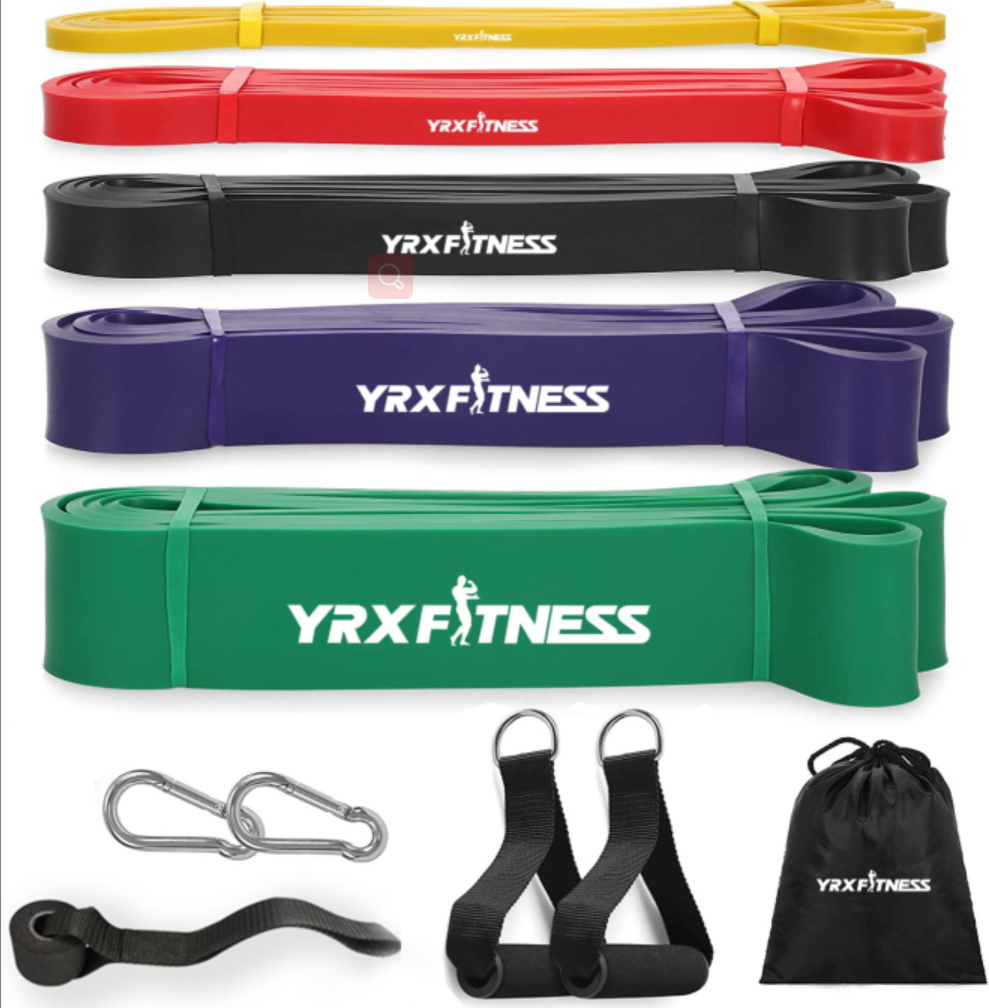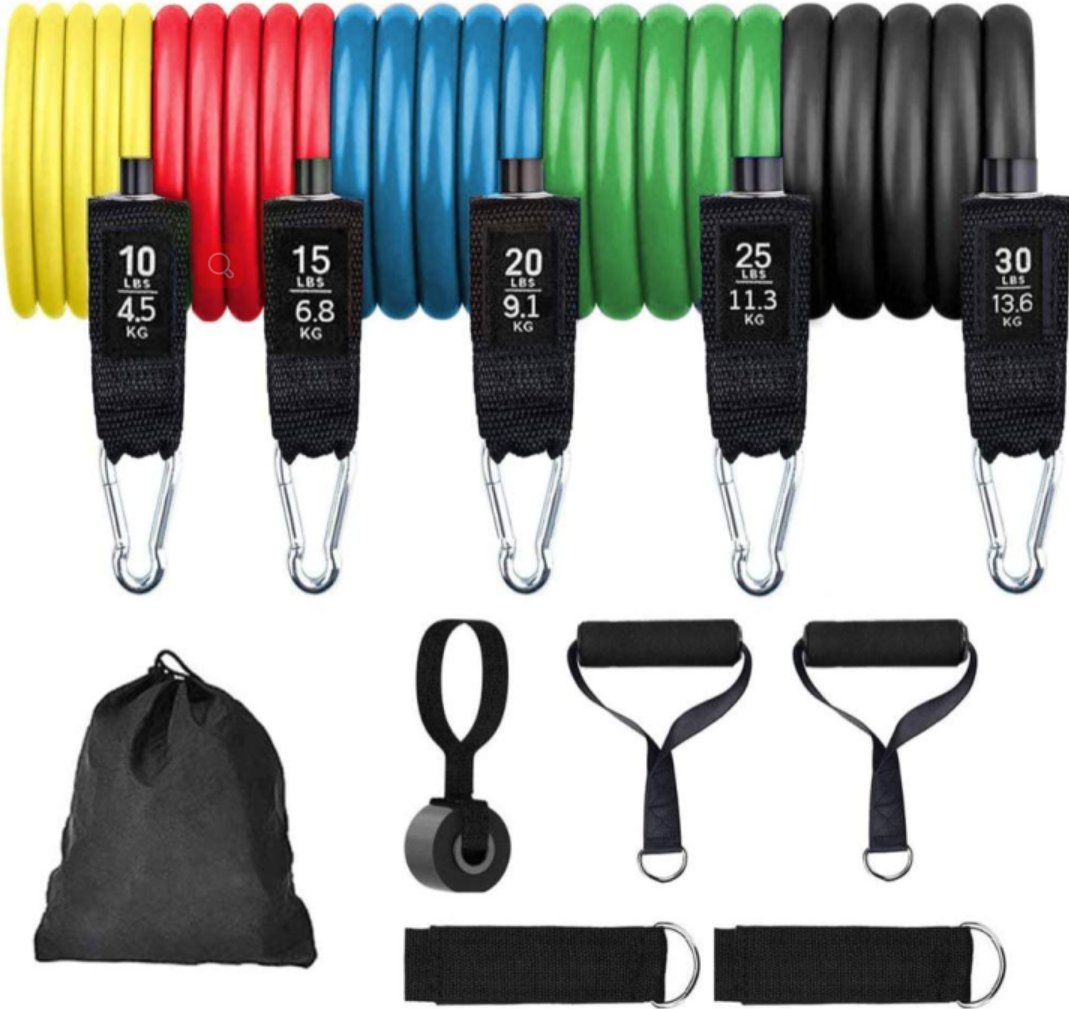Elastic training is easy and fun: here's how to do it at home, with what exercises and that benefits you can have.
Elastic workout is useful, easy and versatile. The elastics are in fact a small perfect gym tool even for home fitness: you can use them at home, put on the stock exchange when you go to the fitness center or bring with you even on the road or on vacation to not give up your favorite exercises.
With the elastics you can make several workouts: to tone individual muscle districts, like arms or legs; As a prevention if you practice other sports, such as racing or cycling; For heating before your workout at home or in the gym; For postural gymnastics or disciplines like yoga or pilates.
The elastic workout is also indicated for everyone, including children and the elderly, and has no contraindications.
For this reason it can always be useful to have elastics at hand: they cost little, take a little space, last long and allow you to make the right dose of daily movement even with little time available.
Elastic workout: Which to use
There are substantially 3 types of elastics to use for fitness.
The simplest are the elastic bands, thin and thick elastic bands between 0.35 and 0.65 cm, which can be rolled up.
They are sold in different colors, which correspond to different intensities: generally the black are those that oppose more resistance, the reds have a medium intensity and the yellow are the less hard.
Elastic bands YRX fitness
Then there are power bands, more subtle (about 1.5 cm), thick and long (even up to 2 meters) generally used in yoga and pilates, but also as an aid in functional training programs such as crossfit.
Sold in kit with different elastic tubes of different colors, based on resistance; These can also be used for strength or resistance exercises as well as stretching or joint mobility.
How to use elastic fitness bands to train
Use the elastic fitness bands to train is very simple and practical. A possibility is to fix the elastic band to a constraint, like a backbone or a castle, if we find ourselves in a gym, or any fixed support at home, from the heater to the handle of a locked door.
Once the Power Band is fixed, we can bind it to one or two arts, which we are hands, feet, knees or elbows.
At that point we can take advantage of the two basic motion schemes: pull towards him (concentric movement) or remove himself (eccentric movement).
Exercises with the rubber bands to do at home
Some examples? With the elastic attached to the door handle we are placed in front of it, he grabs the elastic band with 1 or 2 hands, and pulls towards him by carrying his hands near his chest: it is an exercise similar to the perfect rower to tone the Arms and the trunk.
Or fixes the elastic at the base of a heater or the feet of the kitchen cabinet, it is positioned by giving the shoulders to the constraint, it slips a foot in the elastic and pushes the stretched leg forward (a classic exercise to tone the Legs and buttocks, which can also be repeated by positioning itself to the constraint and pushing the leg back).
Exercises with free body elastics
The other possibility for elastic workout is to use the elastic bands without fixing them to any support but using them free body. For example they can be grasped with both hands and then relaxing its arms; Or, while sitting on the ground, leaning his feet holding his legs collected and then relaxing his elastic.
However, there are so many exercises, which can also be found online, to train with the elastics.
What benefits are they training with the elastics?
To understand what benefits you are training with the elastics you need to know a bit like the rubber bands work.
And it is very simple: the elastic bands, regardless of color, oppose progressive resistance, weak at the beginning of movement and always stronger as the elastic band curtains.
It is exactly the opposite of what happens with any overload, for example when we use the handlebars or a barbell, which require a very intense effort at the beginning of the movement to move the object and then exploit the initial momentum.
This difference involves some positive consequences for those who make a workout with the elastics.
The first is that to use the elastic fitness bands is not traumatic for tendons and joints and the muscles without risk of injuries can be toned.
The second is that each can modulate the intensity of the exercise based on their abilities and objectives: pushing or pulling the elastic to the end the exercise will be more challenging, stopping a little before will still be effective but less stressful.
The third positive relapse is that the elastics oppose resistance in both phases, that is, both when you tend them that when you release them. In essence, the elastics both train the concentric phase and the eccentric phase, or both the agonist and antagonist muscles, with many benefits also for proprioception and control of movement.
The fourth beneficial consequence of the use of the elastics is that the speed and frequency with which the exercises are carried out: from a very slow control of the movement (useful in the rehabilitation phase from an injury or prevention) Faster if you want to make toning (with even an aerobic component).
Post time: May-10-2022



